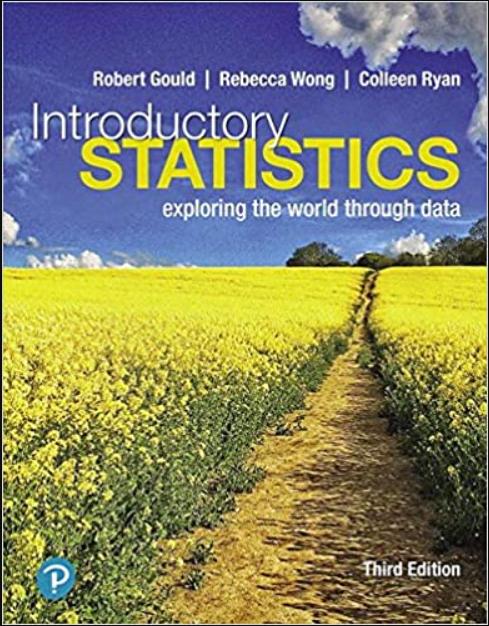Researchers wanted to assess whether a theory-based, community health workerdelivered intervention for household smokers will lead to
Question:
Researchers wanted to assess whether a theory-based, community health worker–delivered intervention for household smokers will lead to reduced secondhand smoke exposure to children in Chinese families. Smoking parents or caregivers who had a child aged 5 years or younger at home were randomly assigned to the intervention group that received information on smoking hygiene and the effects of secondhand smoke exposure delivered by community health workers or to the comparison group who received no additional information regarding secondhand smoke. At a 6-month follow-up, researchers assessed whether or not families had adopted any smoking restrictions at home. The results are shown in the following table. (Abdullah et al., “Secondhand smoke exposure reduction intervention in Chinese households of young children: A randomized controlled trial,” Academic Pediatrics, vol. 15(November–December 2015): 588–598, https://doi.org/10.1016/j. acap.2015.06.008)

a. What percentage of those receiving the intervention adopted smoking restrictions at home?
b. What percentage of those in the control group adopted smoking restrictions at home?
c. Based on this data, do you think the intervention may have been effective in promoting the adoption of smoking restrictions in the home?
Step by Step Answer:

Introductory Statistics Exploring The World Through Data
ISBN: 9780135163146
3rd Edition
Authors: Robert Gould, Rebecca Wong, Colleen N. Ryan





